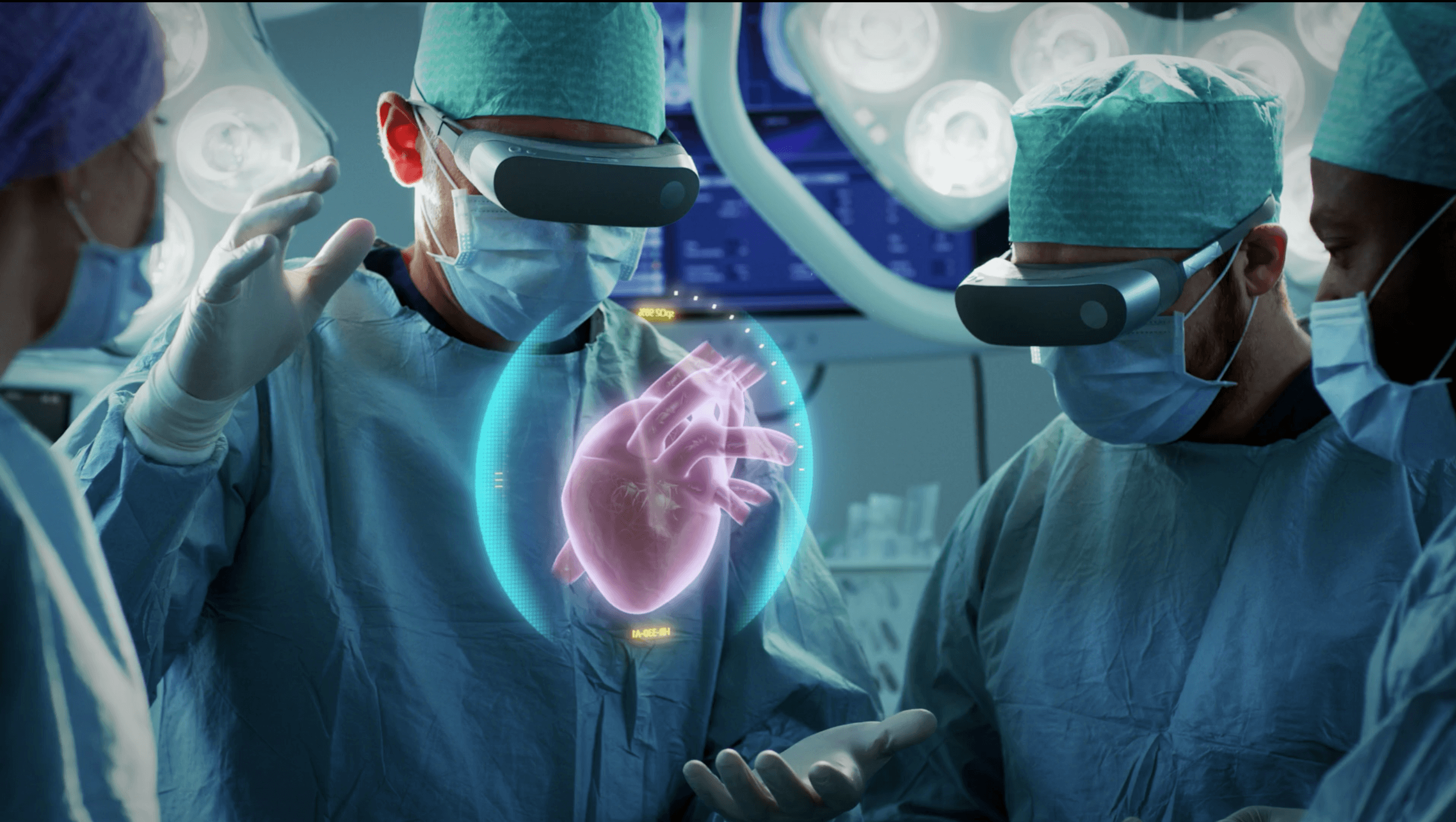In this part, you will see how VR can be implemented in hospitals and how this helps doctors and patients.
The health care system can be improved more so it can be efficient and help patients better with new ways that even be less painful and stressful.

It is very important that patients get different treatments depending on their health, and since technology has improved in many different aspects. Virtual reality (VR) and with the help of new technology, can be implanted to help the health of patients in hospitals. I have experience with VR, and I could see the benefits of getting these devices in hospitals and based on the research I have done this could make this statement strong and has positive results. I believe that people should get the best treatment as soon as possible so they can recuperate as soon as possible or even help doctors do their job even better.
Clinical applications of this technology include the treatment of specific phobias, trauma, eating disorders, and also the management of acute and chronic pain.

The VR systems allow for the operator to examine the actual patient’s CT scan reconstructed in full 3D and plan in a high-definition course of the procedure.



